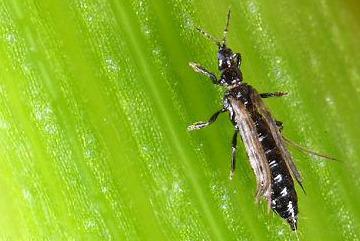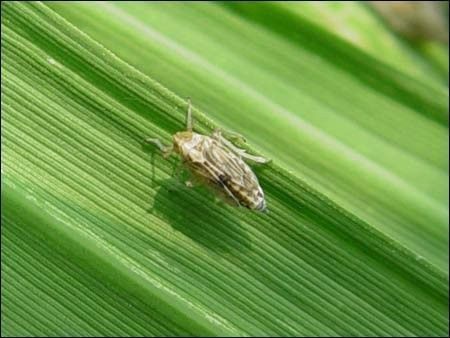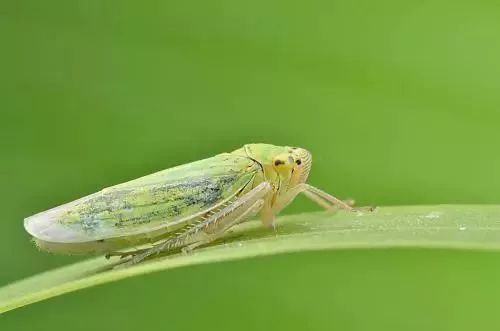1.Thiamethoxam
Neonicotinoid pesticides have both gastric toxicity and contact killing effects. After application, it can be absorbed by crop roots or leaves more quickly, and transmitted to all parts of the plant. spray, irrigation root and seed treatment can be used, and it has good control effect on aphids, planthoppers, whitefly, thrips, striped fleas, etc.
2.Dinotefuran
The third-generation nicotine insecticides have contact killing and gastric toxicity effects, can be quickly absorbed by plants and widely distributed in plants, used to control whiteflies and thrips.
3.Spirotetramat
Insecticides (mites) used to prevent and control stinging mouthpiece pests have a longer shelf life. Its mechanism of action is to interfere with pest fat synthesis and block energy metabolism. Its internal absorption is strong and can be transmitted up and down the plant body. It can effectively control tomato whitefly, citrus tree shell insect, red spider, citrus psyllid, etc.
4.Cyantraniliprole
Internally aspirated insecticide, mainly toxic to the stomach, and also capable of contact killing. Its mechanism of action is novel and has a wide insecticidal spectrum, which can control pests such as diamondback moth, aphid, tobacco whitefly, American spot miner, beet armyworm, melon silk moth, thrips, etc.
5.Emamectin benzoate
Gastric toxicity and contact killing effects can cause irreversible paralysis of pests, leading to cessation of feeding and death after 2-4 days, resulting in a slower killing rate; It can prevent and control lepidopteran pests, and high concentrations of carbaryl salts have activity against thrips, which is safe for crops.
6.Imidacloprid
Contact killing, gastric toxicity, and aspiration; Pest paralysis and death; Good quick effect, with a high prevention effect in one day, and good insecticidal effect at high temperatures; Spike suction mouthpiece pests; It is easily absorbed by crops and can be absorbed by the same root. Currently, it is mainly used for controlling aphids and other pests.
7.Chlorobenzuron
In the early larval stage, the older the insect, the worse the control effect. It is safe for natural enemies and has high activity against Lepidoptera and mosquito and fly larvae; Death begins 3 days after medication and reaches its peak in 5 days; Invalid for adults.
8.chlorantraniliprole
Long term, low toxicity, highly effective for lepidoptera pests, currently mainly used to control rice leaf roller, borer, etc.
9.Pymetrozine
Mainly used to control rice planthoppers on rice, it has poor quickness and increasing resistance, resulting in poor efficacy against certain aphids.
10.Nitenpyram
Mainly used to control aphids, rice planthoppers, etc., it has good quick efficacy, short duration of efficacy, and increased resistance.
11.Acetamiprid
It has a touch killing and stomach poisoning effect, and can control various pests such as aphids, leafhoppers, whiteflies, scale insects, and leafminer moths in the order Lepidoptera, as well as beetles and thrips in the order Coleoptera. It is greatly affected by temperature, but the effect is poor when the temperature is low!
12.Bifenthrin
Insecticides and acaricides; Gastric toxicity and contact killing; It has a rapid effect and can be used as a mite killer and to control lepidopteran pests.
13.Deltamethrin
Contact killing effect, combined with gastric toxicity, repellent and antifeedant effects; Lepidoptera larvae are effective, but not effective against mites; Very weak penetration.
14.Beta-cypermethrin
It has strong contact and stomach toxicity effects on pests and mites.
15.Cyfluthrin
Contact killing and stomach poisoning are mainly used to kill underground pests.
16.Avermectin
Broad spectrum antibiotic insecticides and acaricides; Gastric toxicity and contact killing can be used to prevent and control red spider, leaf roller, and chilo suppressalis.
Post time: Sep-07-2023




